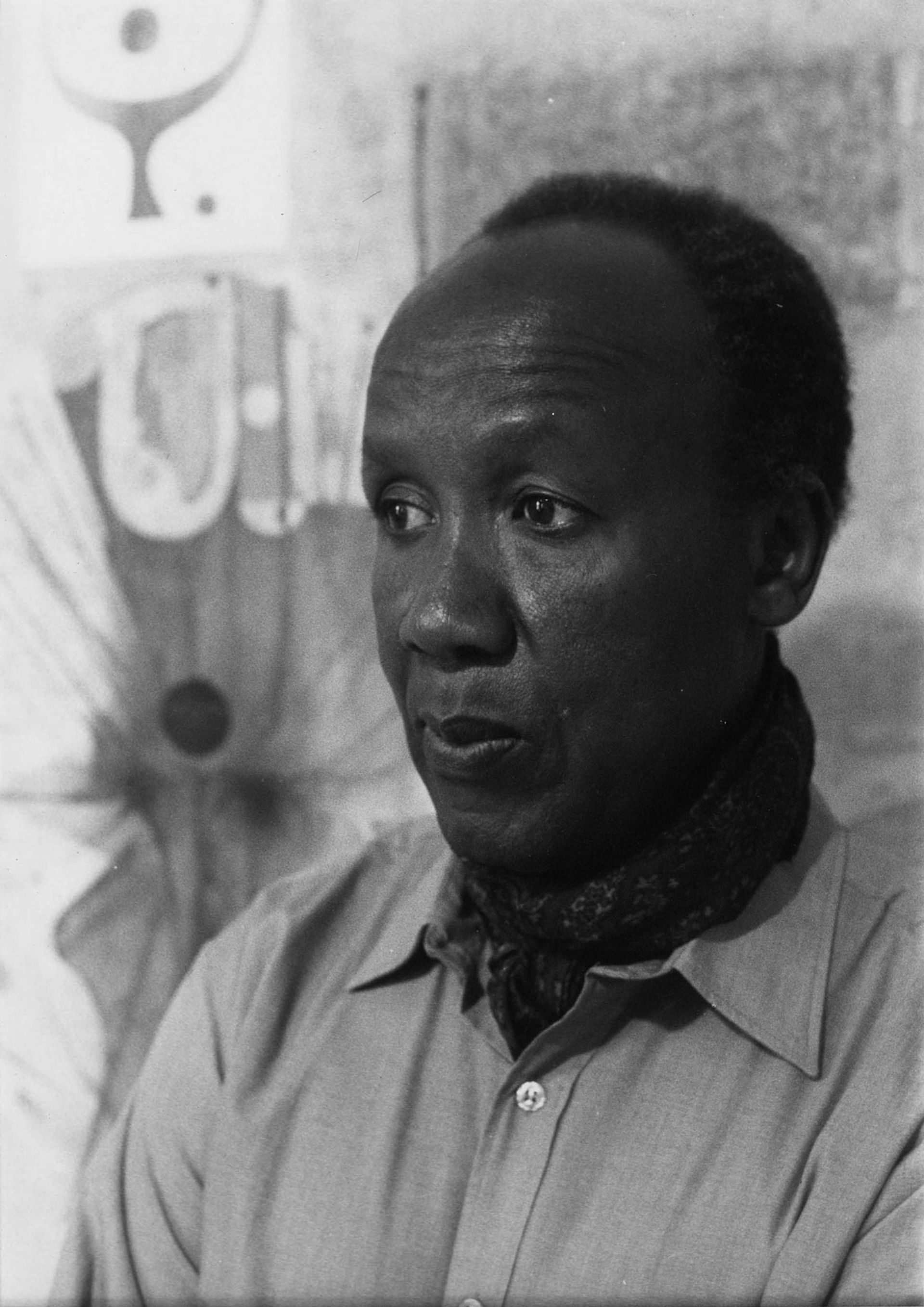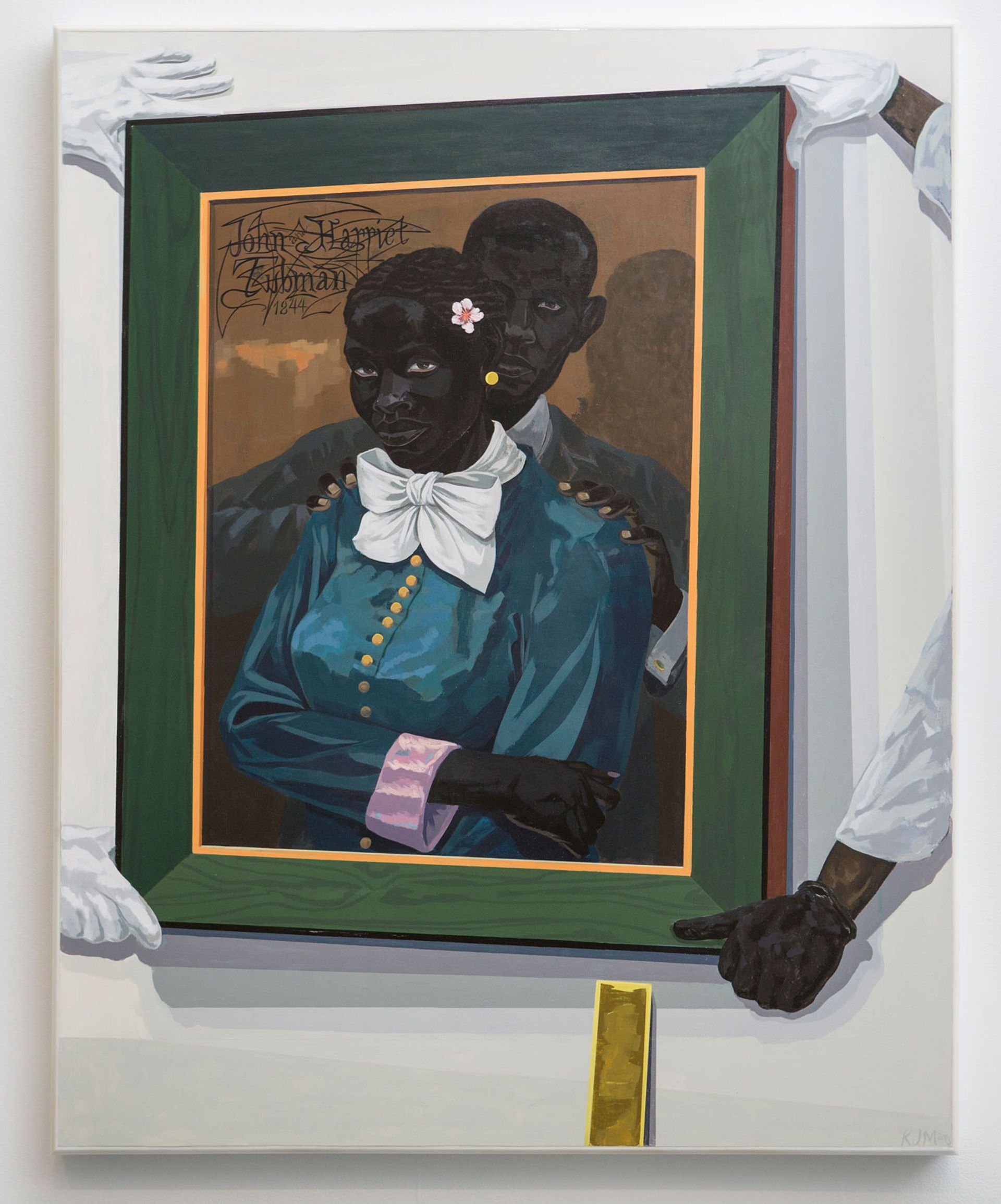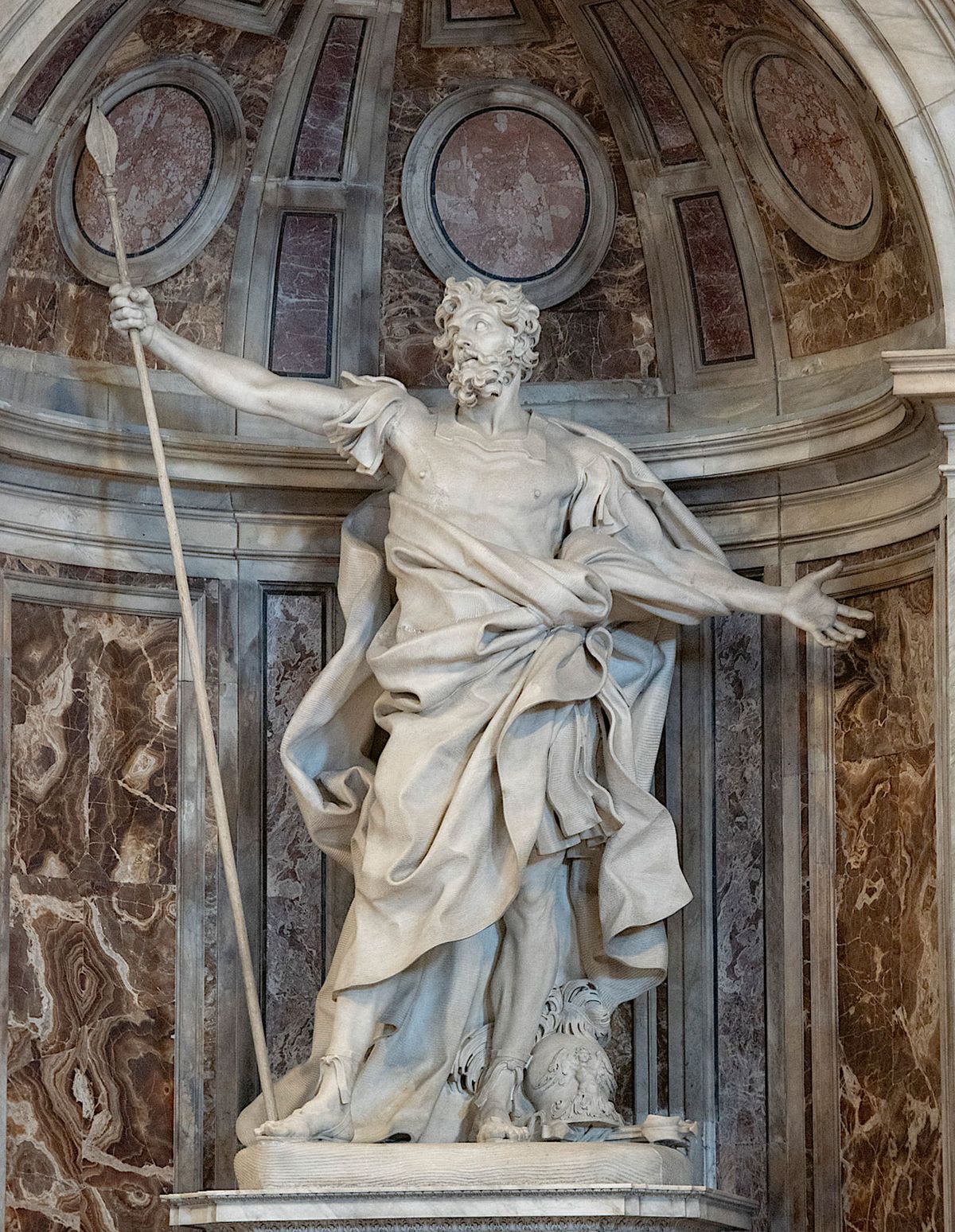Bernini and His World: Sculpture and Sculptors in Early Modern Rome, Livio Pestilli, Lund Humphries, 288pp, £60 (hb)
The art, life and world of Gian Lorenzo Bernini may feel like familiar territory for art history scholars. But via sixunusual perspectives, from “Garments” to “Tall Tales”, Livio Pestilli, a former director of Trinity College Rome, aims to re-present and illuminate this leviathan of the Roman Baroque. The author puts Bernini’s life and work within a social, anthropological and historical context, surveying the Rome in which Bernini lived along with the “myth-making narrative of his biographers, and the judgements of his critics”, according to the publishers. “Pestilli reveals the ingenious range of stratagems by which Bernini cemented his position as Baroque Rome’s dominant artist,” adds Ingrid Rowland, a professor in the department of history at the University of Notre Dame, Rome.

Ibrahim El-Salahi in the mid-1960s in front of his work The Last Sound
At Home in the World: A Memoir, Ibrahim El-Salahi, Skira Editore and the Africa Institute, 253pp, £35 (pb)
The Sudanese artist Ibrahim El-Salahi has published a memoir that traces his evolution as a pioneer in the field of African Modernism. Born in Omdurman in 1930, El-Salahi studied in Khartoum and London and travelled widelybefore returning to Sudan in 1957. He left in 1975 after being falsely accused of anti-governmental activities and imprisoned withouttrial. After being released from prison, El-Salahi moved to Qatar before settling in Oxford, UK, in the late 1990s. Chapters cover the artist’s “coming of age” in Sudan, travels in the Americas in the 1960s, and his later life as a prolific creator living in England. “For much of my time these days, I sit in my armchair doing small drawings, including the Pain Relief series and, most recently, the Coronavirus Mask drawings,” El-Salahi writes.

Stonehenge © English Heritage
The World of Stonehenge, Duncan Garrow and Neil Wilkin, The British Museum Press, 271pp, £35 (hb)
The British Museum’s blockbuster show The World of Stonehenge (17 February-17 July) is accompanied by a catalogue presenting important research on the ancient monument that occupies a special place in the history of the British Isles. “Built around the same time as the pyramids of ancient Egypt [approximately 4,500 years ago], Stonehenge took similar effort and organisation to construct. It reflects the shared social and religious aspirations of people trying to negotiate, explain and enforce their place in the cosmos,” writes the British Museum director, Hartwig Fischer, in the introduction. The authors and exhibition curators, Duncan Garrow and Neil Wilkin,discuss key treasures from the Bronze Age such as the Nebra Sky Disc which was unearthed in Germany in 1999.

Kerry James Marshall's Still-life With Wedding Portrait (2015) © Kerry James Marshall Courtesy the artist and David Zwirner
Artists on Art: How They See, Think & Create, Holly Black, Laurence King Publishing, 128pp, £12.99 (pb)
What makes artists tick? The art journalist Holly Black examines 50 artists from Michelangelo to Tracey Emin, shedding light on their techniques and themes found in their works. The publication features 24 male, 24 female and two non-binary artists from Asia, Africa, the Caribbean, Europe, the Middle East, and the Americas. The book should help people draw their own conclusions about what art and creativity truly means, Black claims. Images of works and quotes—“I have never had the luxury of art just being art,” says the US artist and activist Theaster Gates—accompany every entry. Other artists featured include Zanele Muholi, Jenny Holzer, Cindy Sherman, Kerry James Marshall, Lubaina Himid, Rembrandt and Cao Fei.



